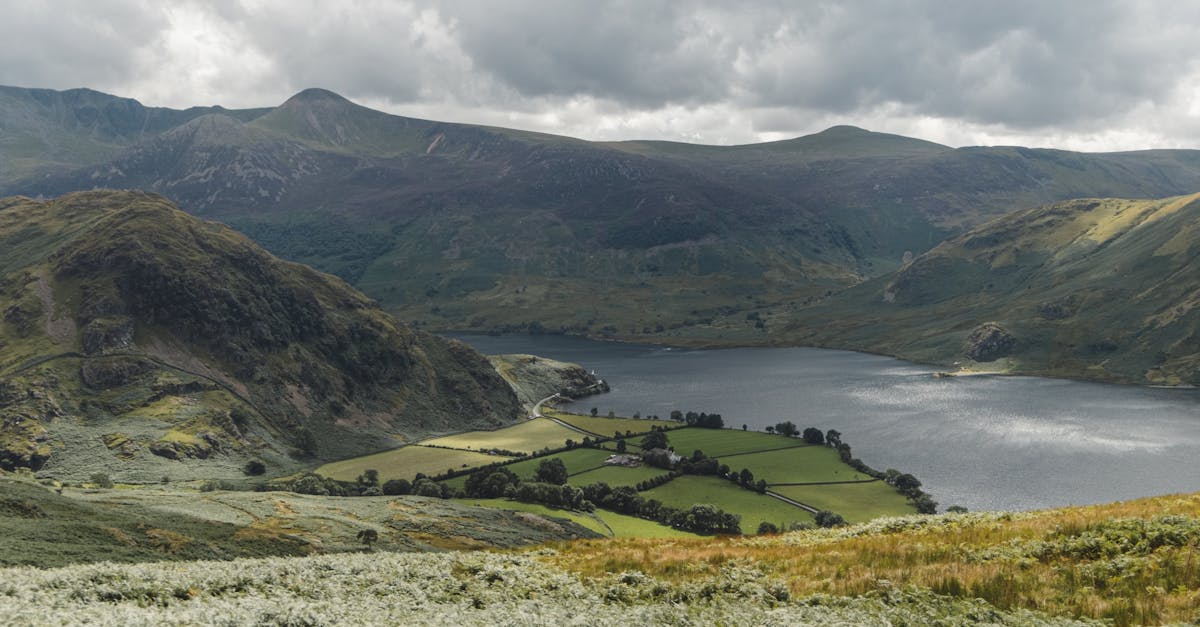Looking to jump into the world of aqua farming? We’ve got you covered! In this guide, we’ll walk you through the important steps to create your very own aqua farm.
From setting up the infrastructure to choosing the right aquatic species, we’ll show you how to get started on this rewarding journey.
Key Takeaways
- Aqua farming involves cultivating aquatic organisms in controlled environments to meet the demand for seafood sustainably.
- Choosing the right location with access to clean water, suitable climate, sufficient land, and good accessibility is crucial for a successful aqua farm.
- Designing the aqua farm infrastructure involves considerations such as water system reliability, layout efficiency, environmental controls, and safety measures.
- Select aquatic species based on climate suitability, market demand, and sustainability factors to optimize profitability.
- Effective management of the aqua farm includes regular maintenance, consistent feeding schedules, health monitoring, timely harvesting, and detailed record-keeping for success.

Understanding Aqua Farming
When starting an aqua farm, it’s critical to understand the basics. Aqua farming involves cultivating aquatic organisms in controlled environments. We cultivate fish, plants, or other organisms depending on the type of aqua farming.
This method of farming helps meet the high demand for seafood sustainably. Aqua farmers carefully manage water quality, feed, and breeding conditions to ensure a healthy environment for their aquatic organisms.
At our aqua farm, we prioritize sustainable practices to protect the ecosystem. Proper waste management and regular monitoring are key to successful aqua farming.
For more information on aqua farming practices, visit Aquaculture Stewardship Council.
Aqua farming requires dedication, but the rewards are worth it.
Selecting a Suitable Location
When starting an aqua farm, choosing the right location is critical for success. Here’s what we need to consider:
- Water source: Ensure access to a clean and reliable water source.
- Climate: Select a location with a climate suitable for the species you intend to farm.
- Land availability: Sufficient land is needed for ponds or tanks.
- Accessibility: Easy access for transportation and maintenance.
For more detailed information on selecting a suitable location for your aqua farm, visit the Aquaculture Stewardship Council.
After all, the location sets the foundation for a thriving aqua farm.

Designing the Infrastructure
When Designing the Infrastructure for an aqua farm, it’s important to consider the needs of the aquatic organisms we’ll be cultivating. Here are some key points to keep in mind during the planning stage:
- Water System: Ensuring a reliable and efficient water supply is critical for the success of our aqua farm.
- Facilities Layout: Designing a layout that promotes smooth operations and easy access to different areas of the farm is important.
- Environmental Controls: Implementing systems to monitor and regulate factors like temperature, oxygen levels, and lighting can help create optimal conditions for the aquatic organisms.
- Safety Measures: Incorporating safety features to protect both the livestock and workers is a top priority.
For more detailed insights on designing aqua farm infrastructure, you can visit the Aquaculture Stewardship Council.
Choosing the Right Aquatic Species
When choosing aquatic species for your aqua farm, consider the following:
- Climate and Water Conditions: Select species that thrive in the climate and water conditions of your region.
- Market Demand: Choose species in demand to ensure profitability.
- Sustainability: Opt for species that are sustainable and eco-friendly.
To learn more about selecting the right aquatic species, visit the Aquaculture Alliance.

Managing the Aqua Farm
Now that we’ve set up our aqua farm, managing it effectively is critical. Here are some key tips to ensure smooth operations:
- Regular Maintenance: Keep a close eye on water quality and equipment to prevent issues.
- Feeding Schedule: Establish a consistent feeding routine for the aquatic species.
- Monitoring Health: Regularly check on the health of the aquatic life for any signs of illness.
- Harvesting:Harvest matured aquatic species timely to maintain optimal conditions.
- Record-Keeping: Maintain detailed records of activities, feeding, and maintenance schedules.
For more in-depth insights and tips on managing aqua farms, investigate resources from the Aquaculture Alliance. After all, diligent management is key to a successful aqua farm.
- Why Is My Gardenia Turning Yellow? [Discover the Surprising Causes] - January 1, 2024
- Why Hydroponics Is Bad [Discover the Hidden Risks] - January 1, 2024
- Why Do Gardenia Leaves Turn Yellow [Prevent This Common Mistake] - January 1, 2024
